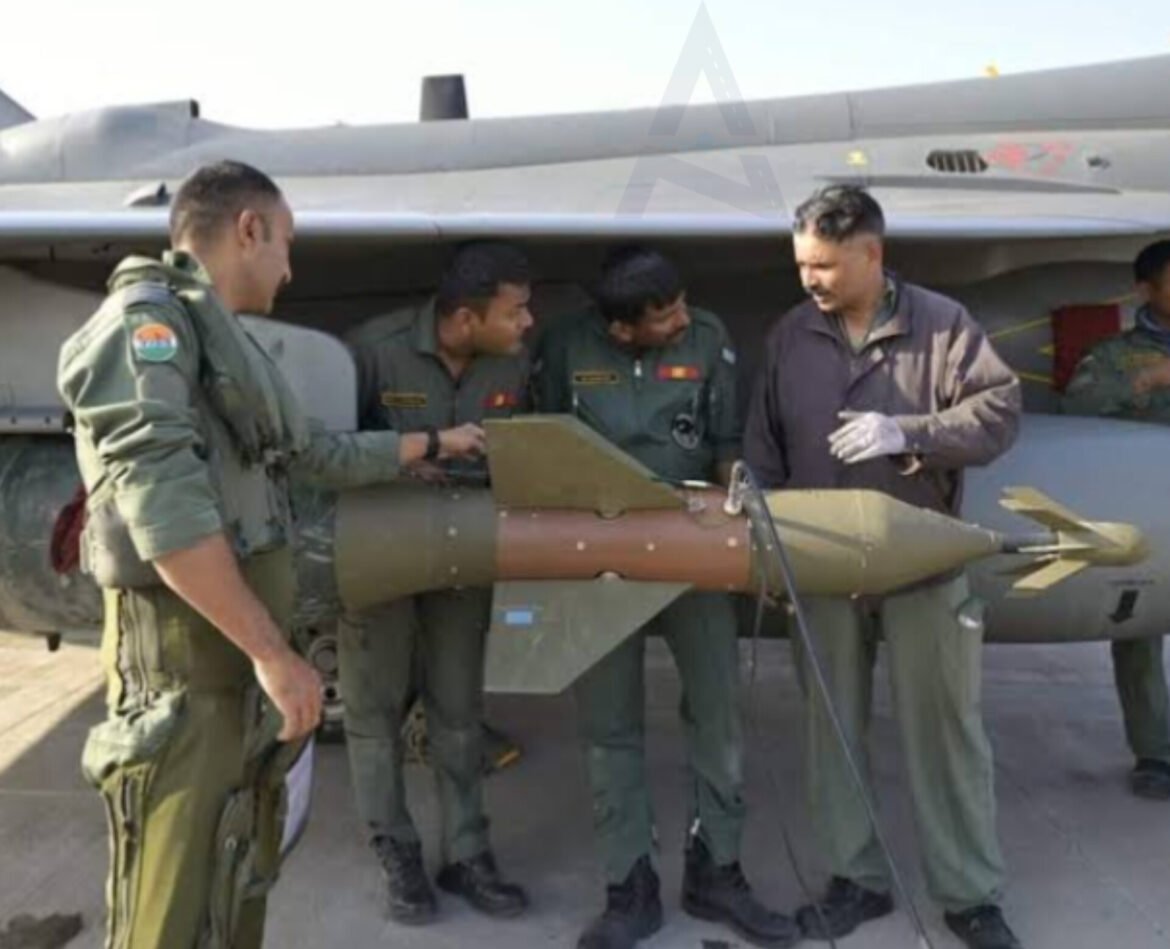The Indian Air Force (IAF) is embarking on a significant transition toward integrating Indian-made weapon systems into its fleet of indigenous and imported fighter jets. This move aligns with the government’s broader push for self-reliance in defense production under the “Aatmanirbhar Bharat” initiative.
As the IAF diversifies its arsenal, it is prioritizing the development and deployment of domestically manufactured missiles, precision-guided munitions, and other advanced weapon systems. These indigenously developed armaments are expected to complement and, in some cases, replace imported systems, enhancing operational efficiency and reducing dependency on foreign suppliers.
For Indian-origin fighter jets like the Tejas Light Combat Aircraft (LCA) and the future Advanced Medium Combat Aircraft (AMCA), the integration of locally made weapon systems is a natural progression. However, the IAF is also focusing on adapting these systems to its fleet of imported fighters, including the Rafale, Sukhoi Su-30MKI, and Mirage 2000. Efforts are underway to ensure compatibility between the domestically produced weapons and the varied platforms in service.
This shift carries several strategic advantages. First, it strengthens India’s defense manufacturing ecosystem by providing a significant market for domestic defense firms and fostering technological innovation. Second, it reduces the IAF’s reliance on foreign suppliers, mitigating potential vulnerabilities during geopolitical conflicts or supply chain disruptions. Third, domestically produced systems often come with cost benefits, allowing for more efficient allocation of defense budgets.
Among the notable Indian-made systems slated for integration are the Astra Beyond Visual Range (BVR) air-to-air missile, the Smart Anti-Airfield Weapon (SAAW), and the BrahMos air-launched cruise missile. These weapons have demonstrated capabilities comparable to global standards and are being continuously refined to meet the operational requirements of the IAF.
The shift also highlights India’s growing competence in defense research and development, led by agencies like the Defence Research and Development Organisation (DRDO). The successful collaboration between these agencies and private sector players is expected to accelerate the pace of innovation and production.
However, the transition is not without challenges. Integrating new weapon systems into existing aircraft often involves complex modifications, rigorous testing, and certification processes. Additionally, ensuring seamless interoperability between different systems and platforms requires significant technical expertise and resources.
Despite these hurdles, the IAF remains committed to its goal of achieving self-reliance in defense capabilities. This initiative represents a critical step toward strengthening India’s defense posture and showcases the nation’s evolving capabilities in indigenous weapon development. As the IAF continues to modernize its fleet, the integration of Indian-made weapon systems is poised to play a transformative role in shaping the future of India’s aerial combat capabilities.

